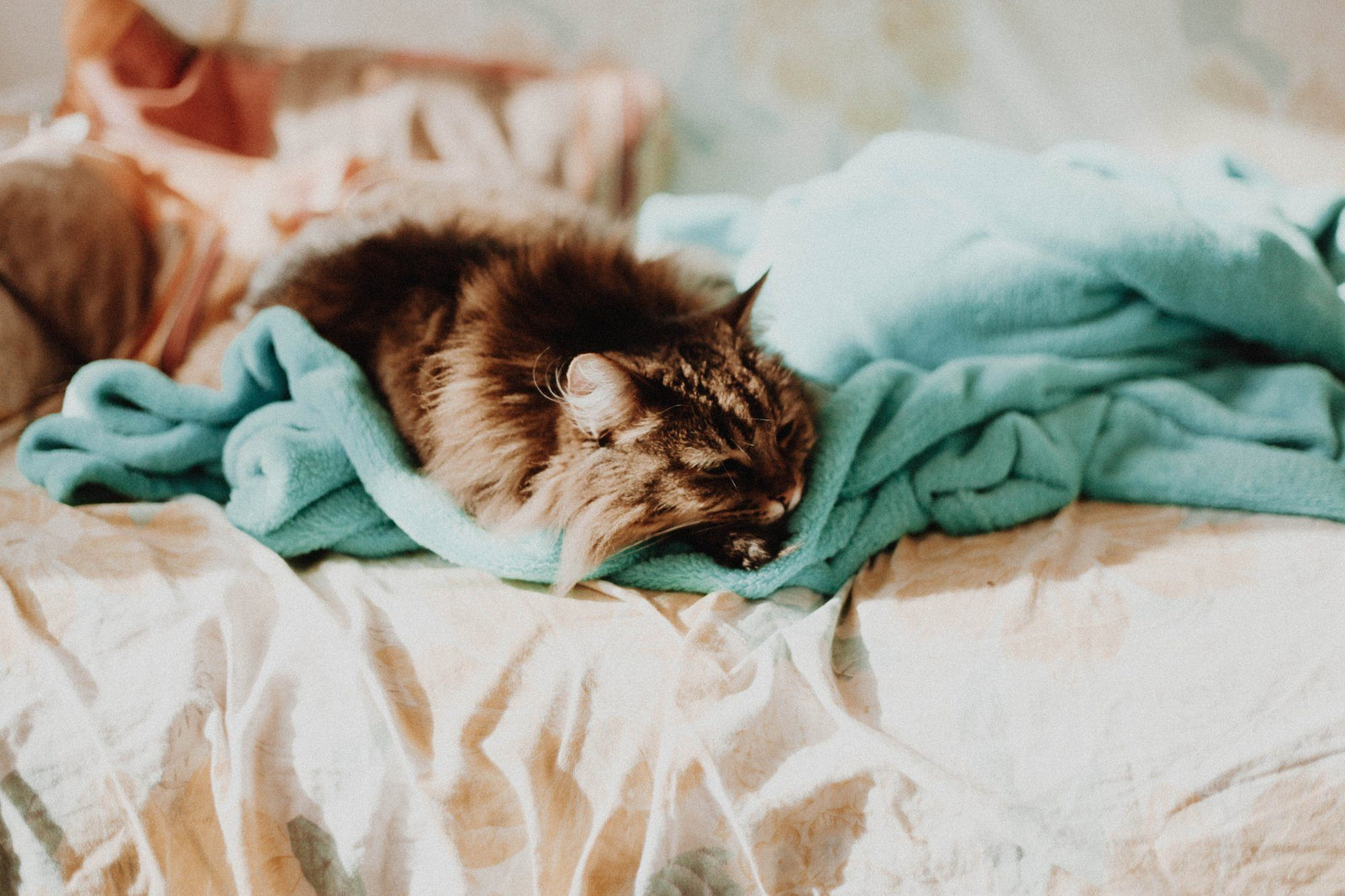
When you first learn that high blood pressure in cats is indeed a thing, your imagination may lead you to think of your beloved cat sitting in a vet's waiting room with that dreaded velcro cuff strapped around his hind leg. Truth be told, your imagination isn't that far off.
High blood pressure in cats is relatively common among older cats, but with proper screening, it can be easily detected and treated.
We're breaking down everything there is to know about high blood pressure in cats, what causes it, and how to both treat and prevent it so that your fur baby stays happy and healthy for years to come.
Read on to arm yourself with all of the facts about high blood pressure in cats so that you can protect the health of your fur baby.
Under Pressure
You may have heard the term "hypertension" tossed around when discussing blood pressure. Truth be told, hypertension is just a fancy medical term for high blood pressure.
High blood pressure is a pretty common problem in older cats, and something that your vet should be monitoring year over year at your fur baby's annual check-up. Once your feline passes year ten, the recommendation is that blood pressure screenings increase to twice per year as an extra precaution.
Just as we humans get our blood pressure checked and recorded at an annual physical, cats go through a similar process. An inflatable cuff is wrapped around one leg, and it records the blood pressure in the arteries when the heart beats (called systolic blood pressure) and when the heart is resting between beats (called diastolic blood pressure).
Your vet will be able to tell you right away whether your cat's blood pressure is within a healthy range for his age. Overall, the process is quick and painless, with the payoff being that you and your vet gain important information about the health of your kitty.
One important thing to note: age is the primary factor in determining if your cat is more likely to have high blood pressure. Gender and breed do not play a known role in predisposition.
Paws & Effect
Let's say that your vet shares the news that your cat has high blood pressure during a routine screening. You may be wondering why and how this is happening to your fur baby.
There are two key types of hypertension that each have different causes. Once your cat has received a diagnosis of high blood pressure, your vet will have bloodwork done that will let you know which type of hypertension your cat has.
The first type, primary hypertension, is high blood pressure that develops without any apparent underlying cause or disease – and it's significantly more rare in cats.

The other type, secondary hypertension, is far more common and is caused by an underlying ailment or disease such as chronic kidney disease (CKD), which is the most common cause of secondary hypertension. Hyperthyroidism and diabetes are other possible causes.
The effects of hypertension can manifest in a few noticeable ways. Retinal damage and bleeding in the eyes are the most common visible markers of hypertension, and can significantly impair your cat's vision. Neurological effects such as seizures, general dementia, lethargy, and shifts in weight or appetite are also signs of high blood pressure in cats.
In rare cases, heart ailments, tumors, and some medications may cause an increase in blood pressure, too.
So, Meow What?
The first thing that your vet will tackle once he or she has thoroughly investigated the causes of your cat's hypertension is to get your cat on the right medication. Your vet may prescribe anti-hypertensive drugs to bring down your cat's high blood pressure, which work by dilating your cat's blood vessels.
The other important aspect of treatment for secondary high blood pressure is addressing the underlying cause of the diagnosis. This means treating your cat's kidney disease, hyperthyroidism, or diabetes, which should result in a reduction in blood pressure.
Any effects of the high blood pressure, like retinal degeneration, should also be addressed by your vet at this point. By using a plan of attack that tackles the blood pressure itself via meds, the root causes of your kitty's elevated blood pressure, and any bodily effects on your cat, you can absolutely manage your cat's hypertension.
In many cases, you and your vet can successfully reverse your cat's high blood pressure, especially when you treat the underlying conditions causing it.
We're happy to report, cat moms and dads, there's hope! It all begins with making sure your vet is screening your cat for high blood pressure, especially at that twice-a-year cadence after age ten.
Have a personal story to share about your kitty's experience with high blood pressure? Leave a comment below and let us know how you and your kitty got through it! You may end up helping other pet parents by sharing your experience.
